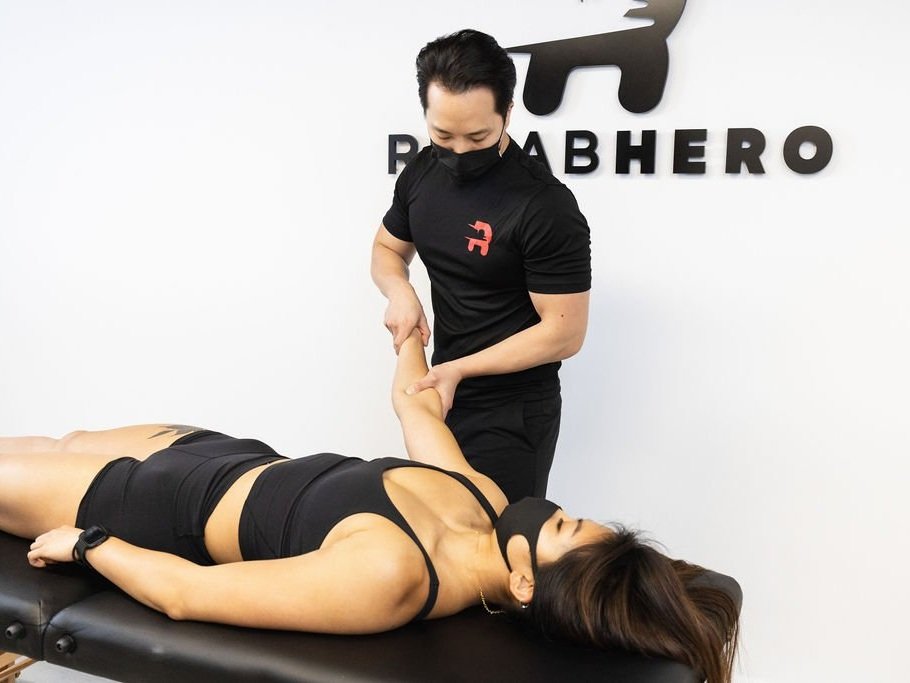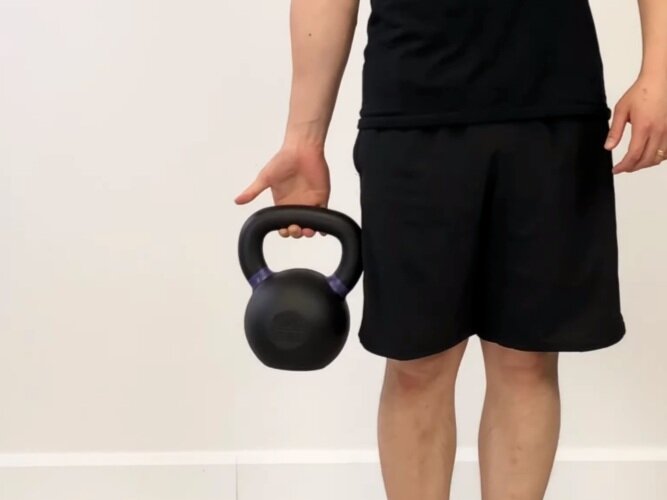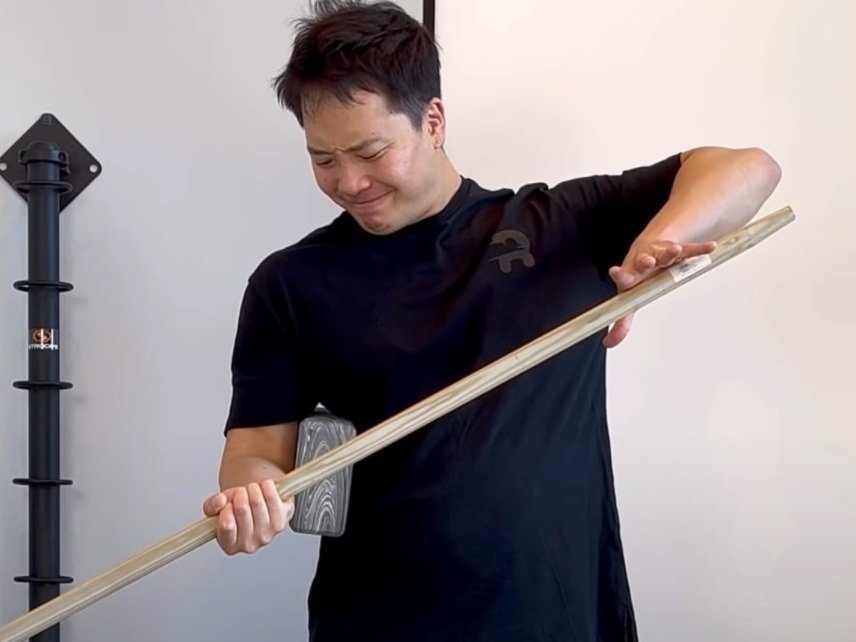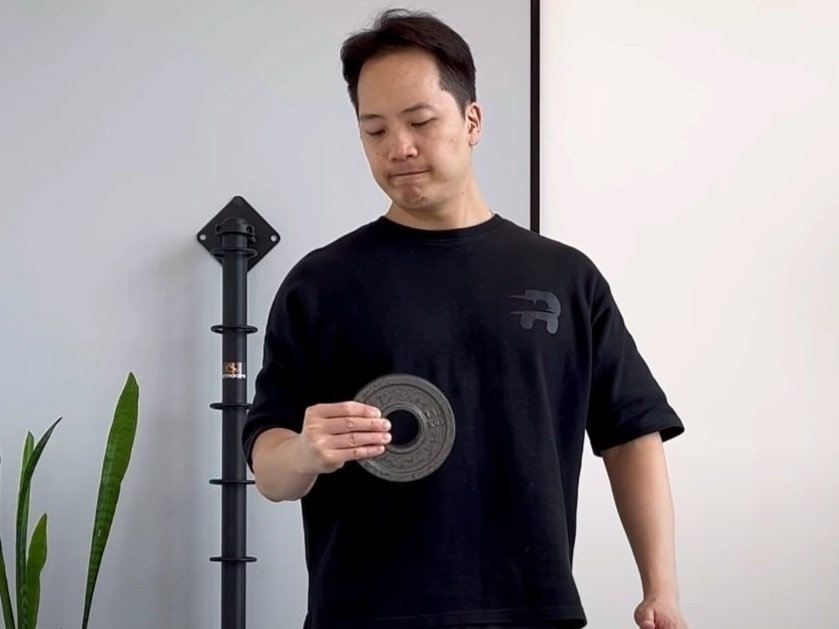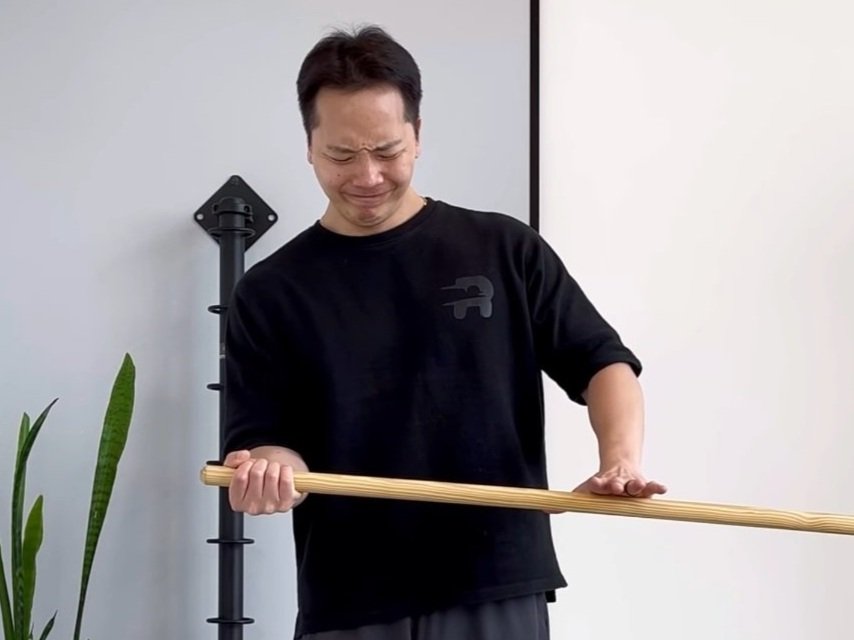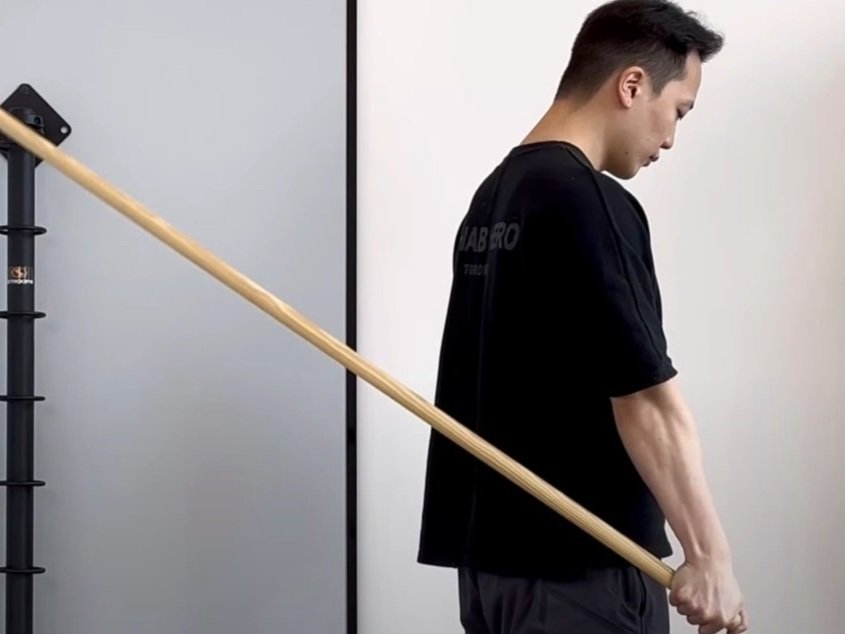Golfer’s Elbow
What is Golfer’s Elbow?
Understand this frustrating condition and learn about how to recover from it.
About Golfer’s Elbow
Golfer’s elbow, also commonly known as medial epicondylitis is a common pathology of the wrist flexors. Despite its name, it is not a true inflammatory condition and is classified as a tendinopathy. Like tennis elbow, although the pain is at the elbow, the area of focus for strengthening is at the wrist.
Why is it called Golfer’s Elbow?
The name golfer’s elbow originates from the common wrist flexor tendon being injured by recreational golfers straining the wrist during their swing. It is also occasionally referred to as pitcher’s elbow, as the same tendon is loaded with throwing.
Despite its name, the injury is not exclusive to golfers and occurs more frequently in non-athletes. Other athletic populations the condition is seen in include tennis, bowling, archery, weightlifting, javelin throwing, racquetball, and American football. In non-athletic populations, it happens secondary to daily tasks and in occupations such as carpenters, plumbers and butchers that put stress on the wrist flexors.
What kind of injury is Golfer’s Elbow?
The common theme is chronic, repetitive concentric or eccentric contractile loading of the wrist flexors and pronators beyond its load capacity.
Clinical presentation of Medial Epicondylitis
If you have golfer’s elbow, you will experience a progressive of onset of local tenderness at the medial epicondyle at the musculotendinous junction of the wrist flexors. The medial epicondyle is located at the inner aspect of the elbow. Most commonly the condition affects the musculotendinous origin of the flexor carpi radialis and pronator teres.
The injury occurs due to gradual overloading of the muscular tendons that flex the wrist, which originate at the medial epicondyle. The tendons are repetitively loaded with stimulus that exceeds their load capacity. However, large tears may occur secondary to trauma in the other wrist flexor muscles (palmaris longus, flexor carpi ulnaris, and flexor digitorum superficialis).
What are the signs and symptoms of Golfer’s Elbow?
Common symptoms also include wrist pain and ulnar sided (pinky side) forearm pain that in some cases may extend into the fingers, decreased range of motion, and weakness with grip. The pain may radiate up and down the arm in addition to the local pain. Other common complaints include elbow stiffness, hand & wrist weakness, and numbness/tingling in the pinky and ring finger (along the ulnar nerve distribution). You will typically experience pain without evidence of swelling or erythema, which is important as these symptoms indicate a different pathology may be occurring.
Who should I see for golfer’s elbow?
Management begins with obtaining a diagnosis from a qualified health care practitioner such as a physiotherapist or chiropractor. A direct referral from a physician is not required to receive an assessment from these health care professionals. A combination of your subjective history, orthopedic testing, and presentation will be used to confirm the diagnosis. To receive an assessment from a Rehab Hero clinician click the button below:
What are treatments for golfer’s elbow?
The treatment plan will be tailored to your individual needs and presentation.
A good plan of care will include: management strategies, strengthening exercises, manual therapy, and modalities as needed.
Management strategies to be discussed include identifying aggravating activities and modifying them such that they do not continue to progress your condition. This may include improving body mechanics, resting intermittently or alternating movement strategies. It is also important to self-monitor your symptoms and work within non-harmful pain ranges established by your clinician of choice.
In the acute stage, pain and inflammation may be managed with modalities including heat and cold laser in order to allow you to complete your daily activities and exercises. Manual therapy techniques will also play an important role in restoring joint range of motion, decreasing muscle tone and easing symptoms. These will be helpful in facilitating the active component of your care, which is crucial to getting you back to comfortably doing the activities you enjoy. Manual therapy can be provided by your a physiotherapist, chiropractor, or massage therapist near you. To book an appointment with our Markham therapists click the button below:
Exercises for golfer’s elbow
Exercises will focus on progressively strengthening the wrist flexors and pronators. Strengthening will be a multi-step process where your rehab specialist will progressively load you through isometric, concentric and eccentric loads in the appropriate positions as per your assessment findings. It is important to load the tendons, while remaining under the capacity limit of the tendons to prevent further deterioration and promote tendon healing.
Beginner Exercises for Golfer’s Elbow
If you have golfer’s elbow here are three exercises that you can do to start your rehabilitative process.
DISCLAIMER:
The information in this blog is not intended nor implied to be a substituted for professional medical advice, diagnosis or treatment. All content, including text, graphics, videos, images, and information, contained in this post is for general information purposes only and does not replace a consultation with your own doctor/health professional.
1. Common Wrist Flexor Self Massage
This exercise is a self-management strategy to assist with alleviating symptoms associated with muscle stiffness of the common wrist flexors. It is important to avoid being too aggressive to prevent flaring up of your symptoms.
This is a self massage technique for the wrist flexors. Place a massage or lacrosse ball on a tender spot on your forearm with your palm face up. Support the back of your forearm with a stable bench, chair or desk. Compress the tender spot within tolerable levels and slowly extend and flex the wrist to engage the muscle. As a benchmark, you should not exceed 6 out of 10 on the pain intensity on the pain scale when performing this exercise. Repeat for 4-5 slow repetitions of wrist flexion-extension and pick another spot if required. You may repeat for up to three to five locations depending on your symptoms. Self massage generally is limited to a single session for every 48 hour period.
This exercise is a strengthening exercise for the wrist flexors. When perofmring the exercise it is important to learn about concentric and eccentric loads. Concentric exercises load the tendon as it is shortening (i.e flexion of the wrist for the wrist flexors). As a general rule of thumb, concentric exercises place less strain on tendons than eccentric exercises, which load the tendon as it is lengthening (i.e. controlling a weight as it pulls you into wrist extension).
Start by placing the back of your forearm on a stable bench, chair or table with the wrist hanging off of the table. Hold a weight (kettlebell or dumbbell) or a band looped between your hand and foot with your hand and curl your wrist by flexing it upwards. Slowly lower the weight down towards the floor by extending the wrist. Repeat as required.
The dosage of this exercise will be progressed from concentric to eccentric as indicated by your health care practitioner. Begin with performing a 2-3 second wrist curl (upward motion) and a 1 second eccentric (control of downward force). Once this is tolerated well, you may begin to progress the eccentric phase until a five second count can be maintained.
Aim for between five to ten repetitions and in a relatively pain-free range of motion. It is normal that you might experience some irritation of this muscle group during the exercise. Anything between a 1-2 out of ten pain intensity on the pain scale is considered to be within normal limits. If you experience a 3 out of 10 or more pain intensity than you may be aggravating your symptoms and it may mean you need to lower the weight, complete fewer repetitions, or operate in a smaller range of motion.
3. Hook Grip
This is a grip strengthening exercise that targets the finger flexors while isometrically loading the wrist flexors. The wrist flexors play a role in grip stabilization, so it is important to work on grip strength. For this exercise, hold onto a weight like a kettlebell or dumbbell by having the handle hang off of your fingers.
Begin with three to five 10-15 second holds. Stick to similar parameters as the previous exercise in regards to pain intensity and finding an appropriate load for the exercise. As you progress, work your way up to 30 second repetitions and gradually increase the weight as tolerated.
You can watch this short video by Dr. David Song for more additional information.
Written By: Alex Wu
Alex is a physiotherapy resident located in Markham. He focuses his attention on catching movement compensations so that his patients could address the root of their injuries. Outside of the clinic you can find him playing ultimate frisbee or basketball

